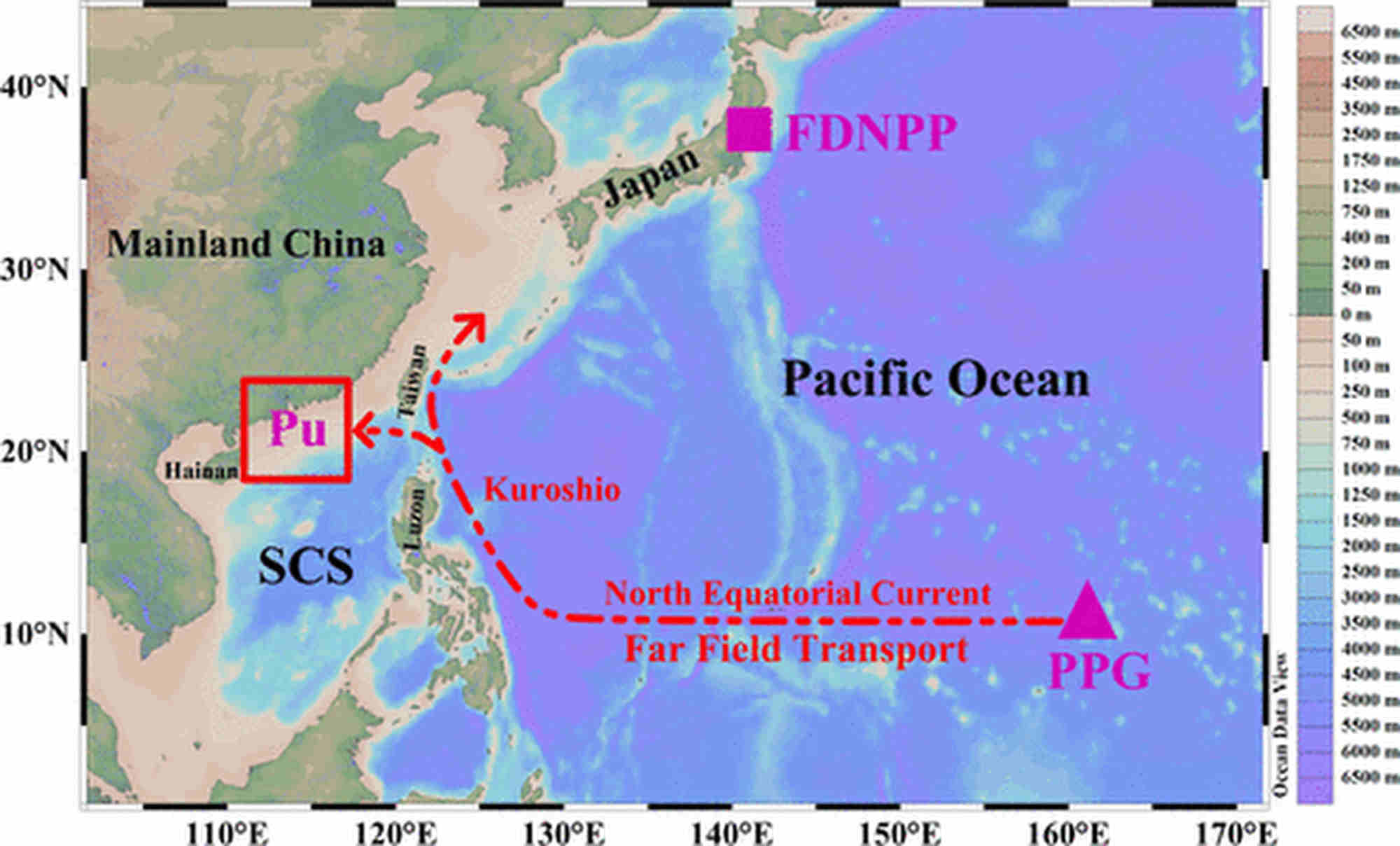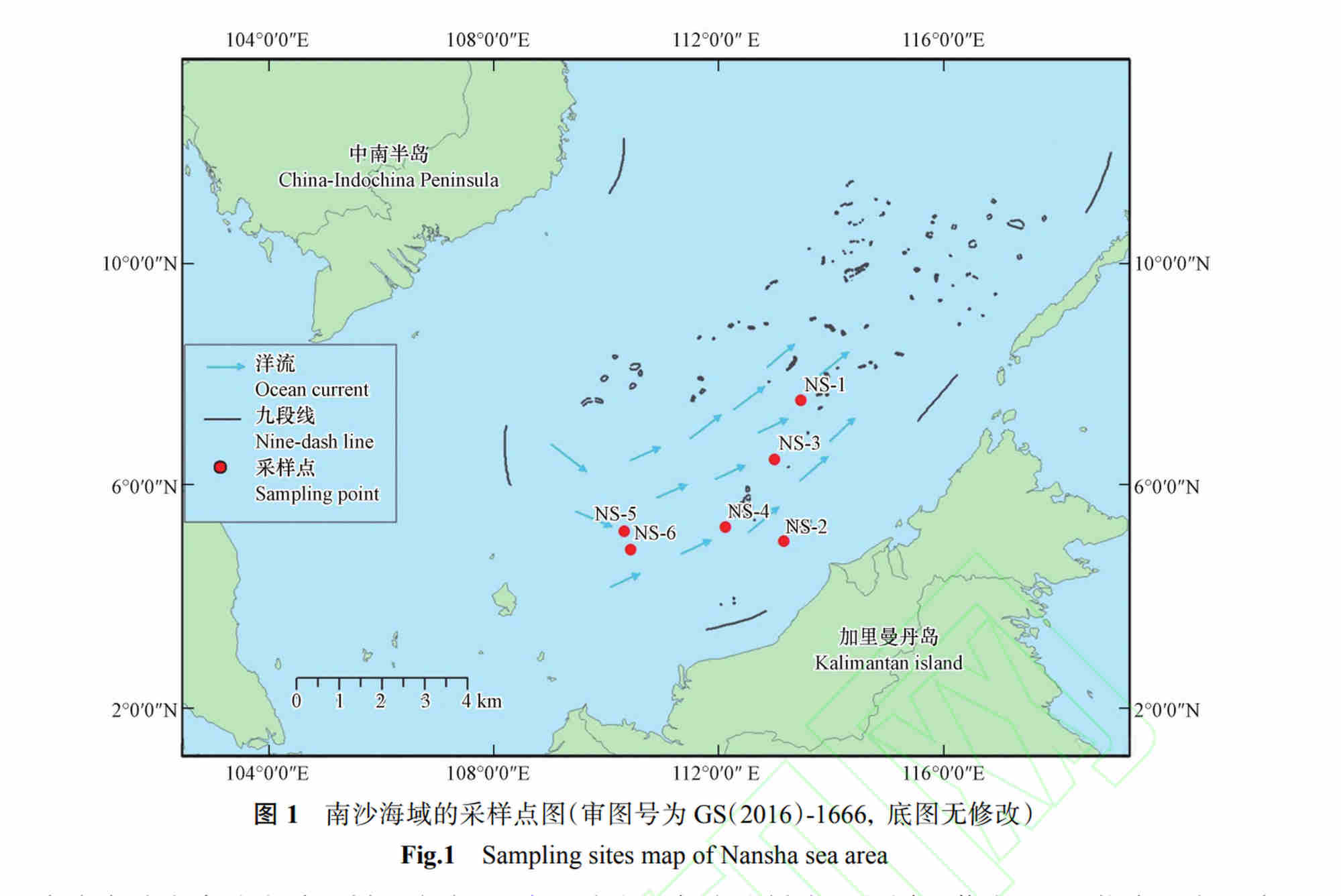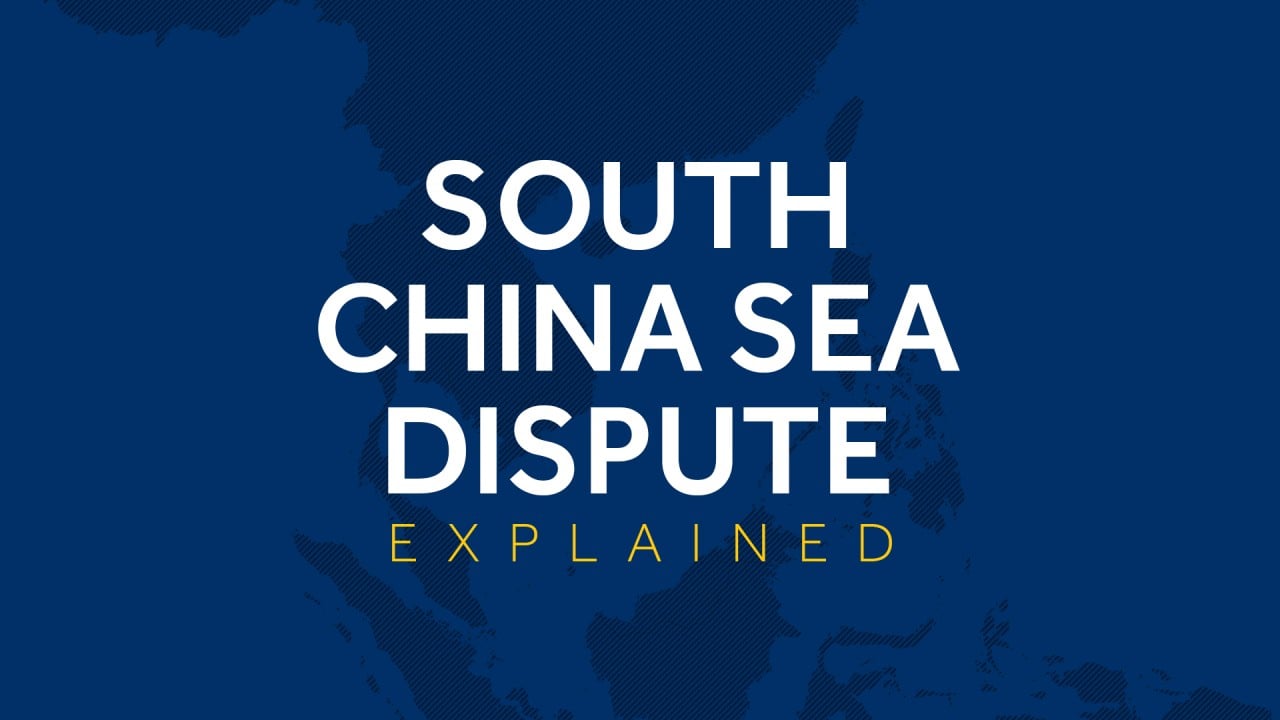
Scientists hold US nuclear tests responsible for South China Sea radioactivity
- Researchers say radioactive pollutants from Marshall Islands testing in the Cold War are still arriving on Pacific Ocean currents
- One expert suggests China could join other countries demanding the US repair environmental damage caused by its massive nuclear programme
The peer-reviewed study, published in the Chinese language journal Environmental Chemistry, will help China’s “environmental assessment” of the region, according to the team, led by Peng Anguo, an associate professor with the University of South China.
The study found that radioactive pollutants from the US Pacific Proving Ground (PPG) tests were carried by ocean currents more than 5,000km (3,000 miles) and spread throughout the South China Sea.
The researchers said the pollutants are still present in the region today, including in some previously unchartered areas in the waterway’s south.
The findings are likely to add to tensions in the South China Sea, where China and other countries have overlapping claims to islands, reefs and other features.

The territorial disputes may also make it more difficult for affected countries to coordinate their efforts in any demand for compensation from the US, if any clear causal links to environmental damage could be established, one expert said.
Peng’s team traced the radioactive pollutants to their origin by analysing the ratio of two plutonium isotopes in samples of sediment to precisely identify where they had come from.
The ratio of 240Pu and 239Pu varies depending on the source of the plutonium, with the PPG nuclear test site yielding a range of 0.306-0.36. This is higher than the ratio for atmospheric nuclear tests but lower than weapons-grade plutonium.
The sediments analysed in the new study were collected from the seabed of Nansha, also known as the Spratly Islands in the southern South China Sea in 2014.

Peng – whose research university in Hengyang, Hunan province is closely linked to China’s nuclear programme – and his colleagues found that PPG contributed between 7.15 per cent and 15.89 per cent of the plutonium in Nansha.
Their findings suggest that the US nuclear test site was a significant source of plutonium pollution to the last unexplored area of the South China Sea.
Previous Chinese studies over the past decade have found evidence of PPG pollutants in other parts of the South China Sea.
Could China support for Asean nuclear weapon-free zone be ‘counter-intuitive’?
Sediment samples from its central and northern sections were consistent with the US nuclear test site’s signature and contributed up to 87 per cent of local plutonium levels, the earlier research showed.
Peng’s team said the variation in pollution levels in the different areas of the South China Sea are due to a range of complex factors, including ocean currents, wind patterns, and the physical and chemical properties of the pollutants themselves.
For example, plutonium tends to bind strongly to sediment particles and can accumulate in areas with high sedimentation rates, the researchers said.
Shangri-La Dialogue: US and China stand ground on Taiwan, South China Sea
According to the paper, the discovery of PPG pollutants in sediment samples from the Nansha Islands fills a gap in the scientific understanding of the distribution of radioactive pollutants in the region.
The presence of the plutonium in multiple locations throughout the South China Sea suggests the entire region may have been affected by the nuclear testing and related radioactive waste, the researchers said.
The US conducted 67 nuclear tests at the PPG in the Marshall Islands between 1946 and 1958, yielding a total 210 megatons of TNT – setting off the equivalent of more than two Hiroshima-sized bombs every two days, according to some scientists’ estimates.
The tests, which included both atmospheric and underwater detonations, released large amounts of plutonium, caesium, strontium and other radioactive materials which were carried by winds and ocean currents to other parts of the Pacific region.
People living on nearby islands were exposed to high levels of radiation causing increased cancer rates, birth defects and other health problems which persist to this day.
The environmental damage was significant, with widespread contamination of the soil, water, and marine life in the immediate vicinity. The tests also caused the destruction of coral reefs and other marine habitats.
The available evidence suggests the transport of pollutants from the PPG to the South China Sea is a real and ongoing phenomenon with significant environmental and health implications for the region, the researchers said.
The South China Sea is influenced by several ocean currents, including the major Kuroshio Current which flows northward along the eastern coast of Taiwan before turning eastward into the Pacific.
Nord Stream blast, regional tensions halt China’s floating nuclear reactor plans
The Kuroshio Current – part of a larger system of ocean currents known as the North Pacific Gyre, which circulates clockwise – can carry pollutants from the western Pacific to the Luzon Strait between Taiwan and the Philippines.
From there, the polluted waters can enter the South China Sea through the Taiwan Strait and the Bashi Channel, the researchers said.
Other currents influencing the waterway include the South China Sea Warm Current, which flows northward along the eastern coast of Vietnam and China, and the North Equatorial Current, which flows westward across the Pacific, entering the South China Sea through the Luzon Strait.
A Beijing-based expert in marine environmental science suggested China could join the Marshall Islands and other affected countries to hold the US accountable for the environmental damage caused by the nuclear tests.
The environmental scientist, who was not involved in the study, said there are valid reasons for China to join with other countries and seek compensation for the impact of the testing.
Beijing, Asean agree on next step for delayed South China Sea code
“There are questions about the legality and ethics of the tests. This may give affected countries a basis for seeking compensation,” said the researcher, who asked not to be named because of the issue’s political sensitivity.
The US established a nuclear claims tribunal in 1986 which has awarded more than US$2 billion in compensation to the people of the Marshall Islands for health and property damage.
There are still remaining issues. The compensation has been criticised as inadequate, given the scale and scope of the environmental and health impacts. Some advocates have also called for additional payments to address the ongoing impacts of the tests.
From a legal perspective, the question of compensation for environmental damage caused by the nuclear tests is complicated by a number of factors, including the US government’s sovereign immunity in many cases, the environmental scientist said.
The passage of time could also make it difficult to establish a clear causal link between the tests and specific environmental or health impacts, he said, adding that “the environmental and health impacts of the PPG tests are still being studied and are not yet fully understood”.
Perhaps the biggest stumbling block is the different priorities and interests of the countries with overlapping claims in the South China Sea. They may be reluctant to work together on issues related to the PPG tests, the scientist said.
While the territorial disputes may also make it more difficult for affected countries to coordinate any demand for compensation from the US, he believes it is still possible for them to work together to address the issue.
Cooperation and dialogue will be key, the environmental scientist said. “A special fund can be set up and managed by the UN,” he added.



